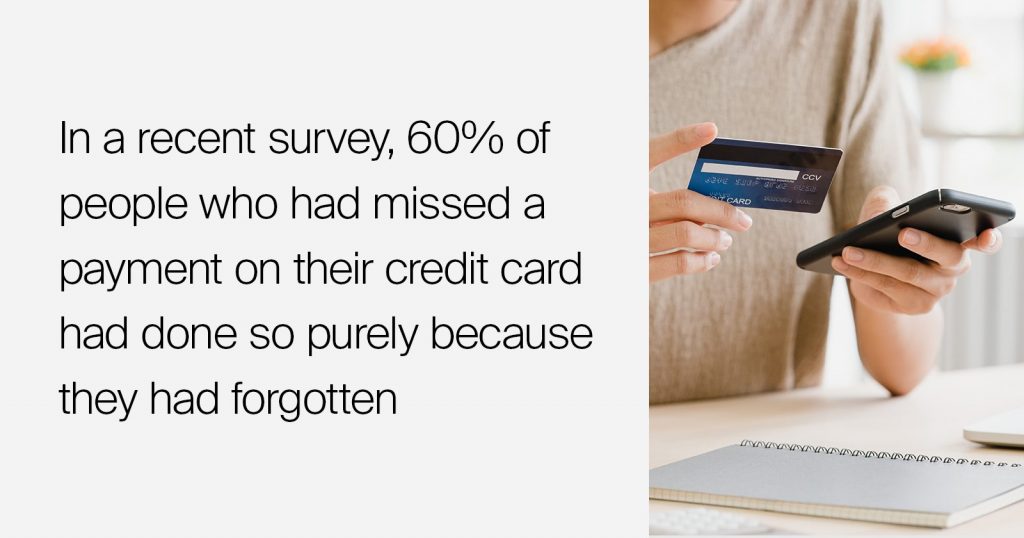“Merry Christmas” — that’s what the first-ever text message said when it was sent almost 30 years ago in 1992. Despite SMS reaching consumers in 1993, it wasn’t until 2002 that the first-ever mobile ad was shared in an SMS message, and it took until 2005 for the first big brands to take advantage of the medium.
Now over a year into a global pandemic, we are more connected than ever. App Annie’s State of Mobile report for 2021 shows that the average user spent 4.2 hours a day using their phone, which is a 14.5% increase on the figure from the same report just a year earlier.
If you’re reading this, you’re probably already running business messaging campaigns or are thinking of doing so, but what’s the best method for measuring the return on investment (ROI) from those campaigns?
While only 20% of emails are opened, 98% of SMS messages are opened — a huge difference!
The simplest way to calculate your basic ROI is to take how much money you spent on a campaign vs how much revenue the campaign created. For example:
An online retailer is selling a premium mattress. They send their potential customers an SMS that contains a discount code for 10% off if they buy using the code. Using this discount code, they can track every single purchase triggered by the SMS they sent, and the cost for the campaign is just going to be the cost to send the SMS. So, the calculation here is:
Revenue from sales using discount code – costs of sending SMS = ROI for the campaign
If you wanted to get a percentage value, you can take the ROI value from the above calculation and then divide it by the cost for the campaign.
SMS is much more immediate — the vast majority are opened and read within 3 minutes of receipt
However, you’re not always going to be using an SMS campaign to promote an offer. You might not even be using your campaign to promote something or sell something with a monetary value, so how do you measure that? Well, you will need to look at other key performance indicators (KPIs).
| Essential SMS Marketing Metrics | |
|---|---|
| Delivery rate | The % of texts sent that have been delivered to the end-user |
| Open rate | The % of those delivered messages that were opened |
| Response rate | The % of messages that were responded to. You can express this as a percentage of delivered or opened texts, depending on your preference. Bear in mind most devices will need you to open a message to reply to it |
| Offers used | If you sent an offer code, how many people redeemed it |
| Click-through-rate | The % of people who clicked any links you sent |
| Opt-out rate | The % of people who unsubscribed from your messages |
| Conversion rate | The % of subscribers to your messages who became customers due to your message |
We’ve got a couple of examples here, but let’s start with saving time because we all know — time is money.
SMS campaigns don’t just have to be promotional; they can also be used to provide information. This has been invaluable to businesses, governments and healthcare providers in the Covid-19 pandemic.
Say you’re a healthcare provider who is offering vaccinations by age group, you can send out an SMS message offering an appointment. This gives you all the urgency demanded by the current global situation, but without the time it would take to pick up the phone and call everyone eligible.
You can even go one step further and deploy a chatbot to answer common questions. In a blog on chatbots in 2017, IBM revealed they had found chatbots are capable of answering 80% of common questions.
So if you use an SMS campaign combined with a chatbot, your calculation will change a lot. The time you save using this method is likely to be huge, and you can use the staffing costs you would have spent as the revenue from this campaign.
In fact, in the same blog on chatbots linked above, IBM noted that they have seen customer service costs reduce by as much as 30% by implementing chatbots. And even stepping away from chatbots and talking purely about using messaging for customer service, a study in 2010 showed that the average customer service call costs $16. In contrast, the average text message customer interaction costs your business $1-5.
Stop delayed payments
Delayed payments are a huge issue for any business. Research in the US found that 82% of small businesses fail because of poor cash flow management. It’s the most common reason a business will fail.
Some delayed payments are delinquent, of course, meaning that the person in question is delaying payment on purpose. But in a recent survey, 60% of people who had missed a payment on their credit card had done so purely because they had forgotten.

And it’s not just the missing money that is the issue; one-third of UK SMEs surveyed in 2014 claimed they were spending £500+ per month, just on handling late payments.
So if you set up payment reminders for your customers via SMS, you will likely be able to reduce those forgotten payments. To calculate your return on this campaign, you’ll first need to see how much a late payment costs your business, then how many late payments you received before implementing SMS reminders.
The difference between the number of late payments before and after multiplied by the cost of late payment is your revenue figure here. If you minus the cost of the campaign from this figure, it’ll be easy to see how much money you’ve saved.
But why SMS and not email for these reminders? Well, it’s all about trust and spam. In a recent study in the US by the FCC, it was found that only 3% of SMS received by the average person are spam messages versus over half of the emails they receive. An email to somebody from a business will often be dismissed, especially if it’s asking for money. An SMS is much more likely to be opened and to have action taken on it.
Gain New Subscribers
Messaging campaigns are excellent for building a subscriber base. US-based restaurant chain Texas Roadhouse used SMS for opt-in to their loyalty programme, offering a free appetiser in exchange for signing up to the programme. They offered users the option of signing up via email or SMS and got 60,000 subscribers using the SMS opt-ins in a single year.
But the most interesting thing is looking at the stats for the users who opt-in. Of the people who registered with their email, only 3.3% redeemed the offer, whereas, with SMS, 16.6% took them up on it. Also, on top of that, only 2.3% of SMS subscribers opted out at a later date, whereas you can expect an average of 0.1-0.2% of your audience to unsubscribe with every single email you send!
It’s hard to calculate an exact figure for ROI for a campaign like this, but you can compare your acquisition costs. How much would it cost you to have gained those subscribers via email or in-store offers?
Getting Customers into Your Store
Speaking of in-store offers — with messaging campaigns, you can do something called geofencing. This means that you can opt to send messages out to only people who are in a particular area. This was famously used by Starbucks to send a coupon for a discounted latte when their subscribers were near one of their coffee shops.
You can also employ this if you have a nearby competitor. For example, if your subscriber is out shopping for the day and is trying to decide between getting lunch at your coffee shop or at Starbucks, you can set a geofence around the area between the two. That means that right when your subscribers might be about to go into a competitor, and your coupon may convince them to visit you instead.
With geofencing, you can influence your subscribers right when they are in the right place to use your services. But you can also set specific timings too, and you don’t want to be sending a voucher code to somebody to use when your business is closed.
But there are other possibilities here too. What about a geofencing campaign that sends a message to people at a train station at rush hour just after they’ve left the office or to people leaving a football match?
According to research by communications agency MDG, 72% of consumers say they follow through with a call to action if they receive it near the business location. So that’s almost 3 out of every 4 people who will take the action you’re seeking if they get it at the right time and place.
For this type of campaign, you can use a simple ROI calculation using voucher redemptions by taking all orders that use the coupon code and comparing the revenue with the cost to run the campaign.
Generating Positive Reviews of your Business
We all know it can be hard to convince customers to use sites such as Trustpilot or Tripadvisor to post a positive review of your business. But reviews are critical in the modern landscape, as according to an article from Trustpilot, 88% of people read reviews to determine the quality of a business’s customer experience.
In many cases, a simple messaging campaign to users of your service suggesting they review it on an independent site will work well, especially if combined with an incentive. To measure this, all you need to do is look at the reviews that are coming in.
Don’t forget that although the original goal was to generate positive reviews, some people will be incentivised to leave a negative review. To see the campaign’s true success you’ll also need to look at how many reviews you got overall.
In many cases with these campaigns, using a tracked link through a service like Google Analytics will help you also see how many people have clicked the link in the message you send. This can be great in this case for weeding out the new reviewers from those who would have written a review anyway.
In Conclusion
The five examples above all show different campaigns, why you might use them and how they could benefit your business. Each has a different impact on your business and needs the other method to calculate your return on the investment you made in the campaign.
These isn’t an exhaustive list of how to calculate your returns, but we hope that it has given you some campaign ideas and the tools with which to measure their success.

